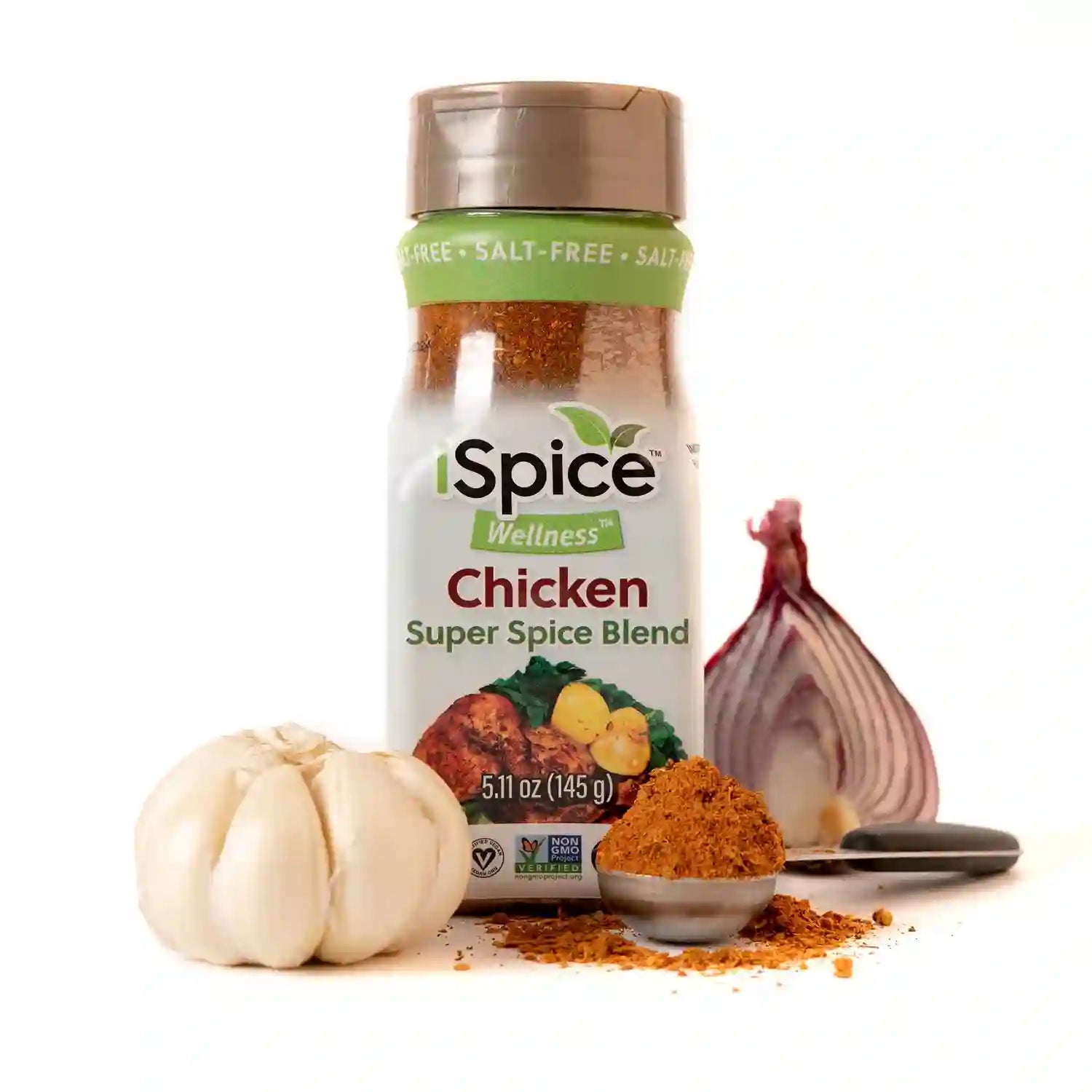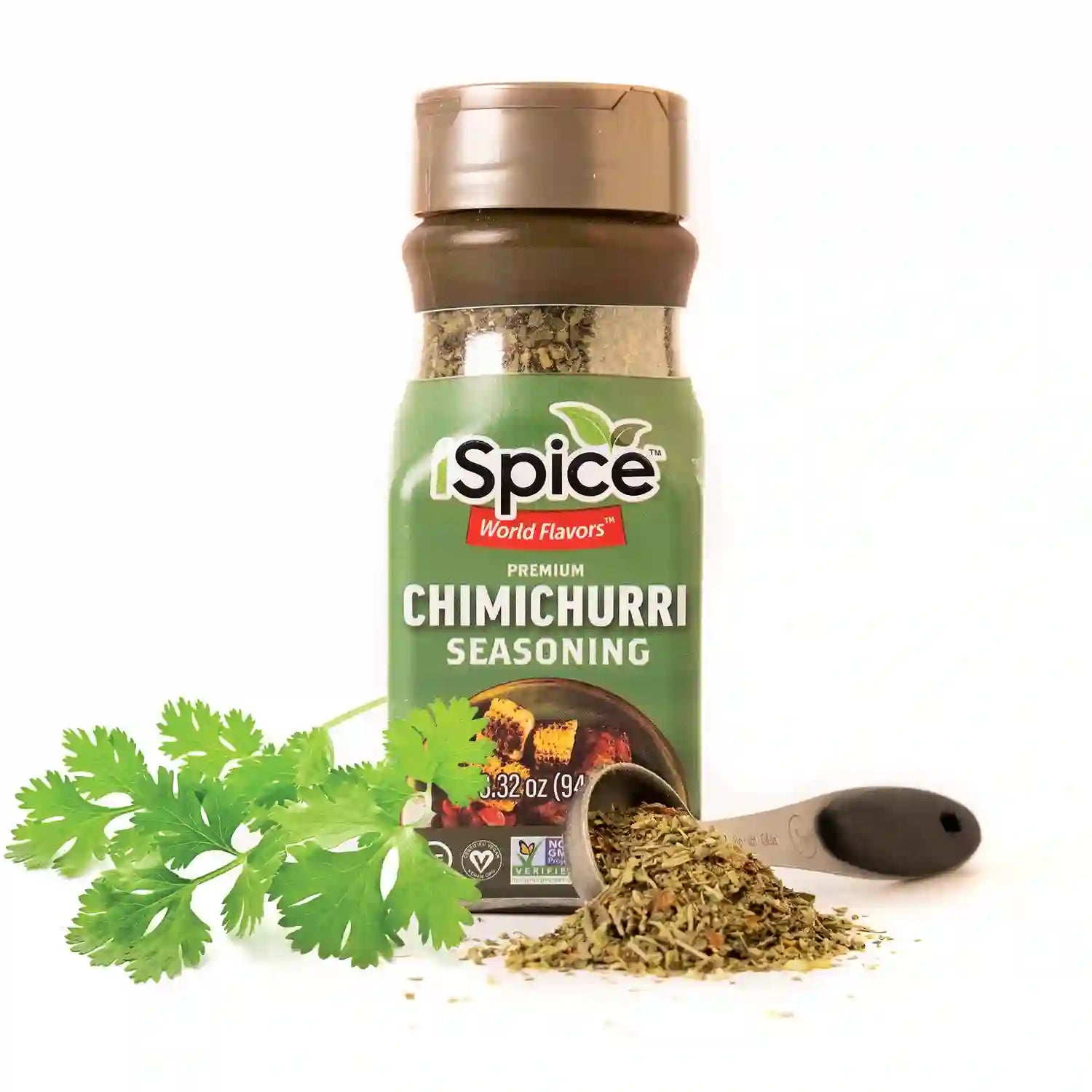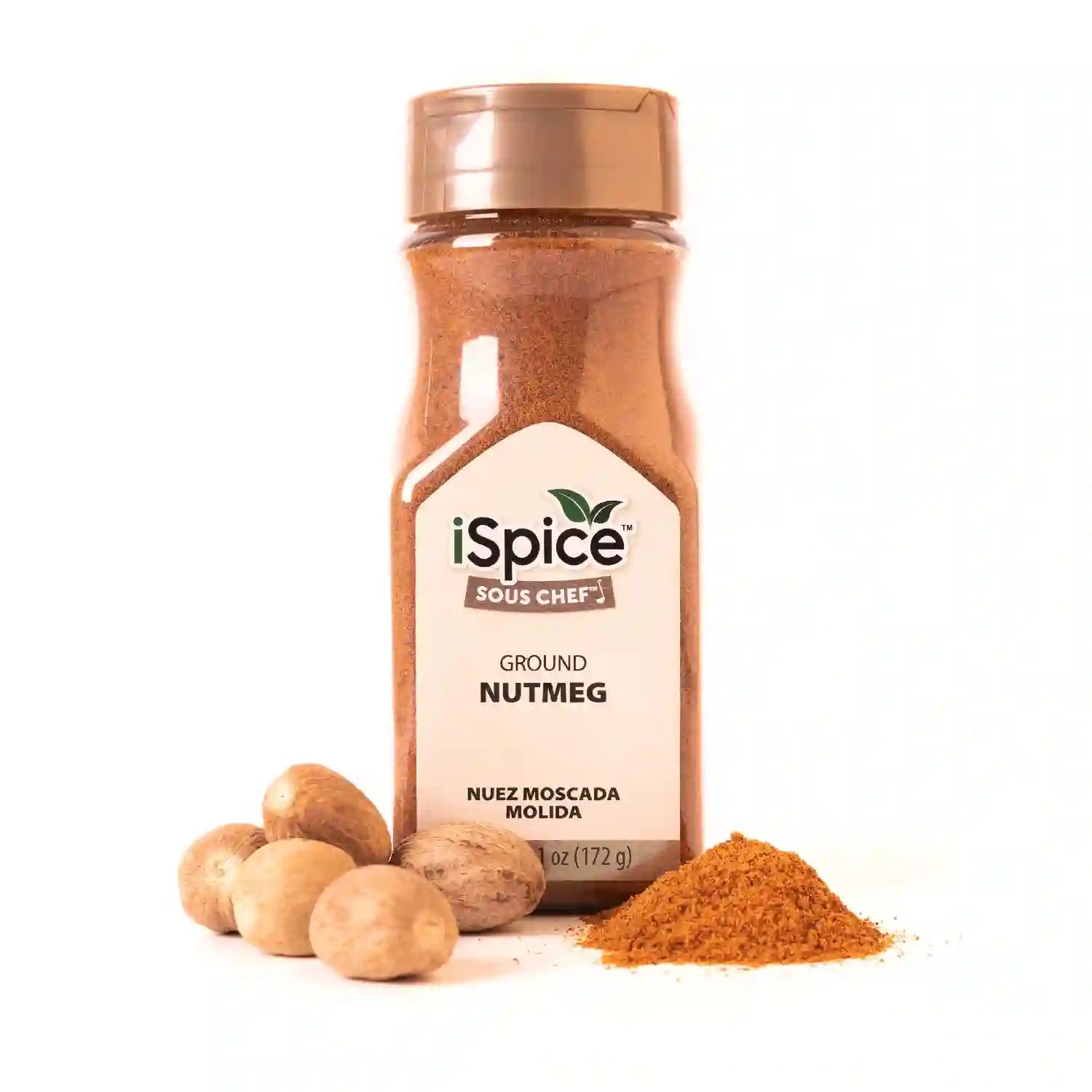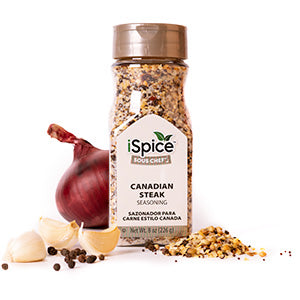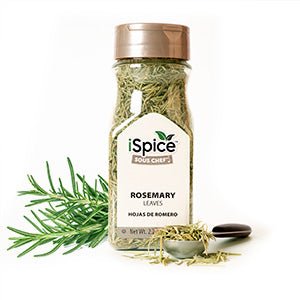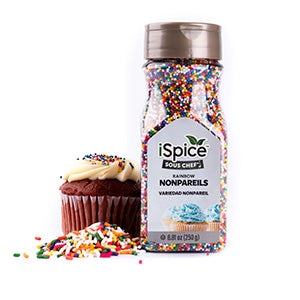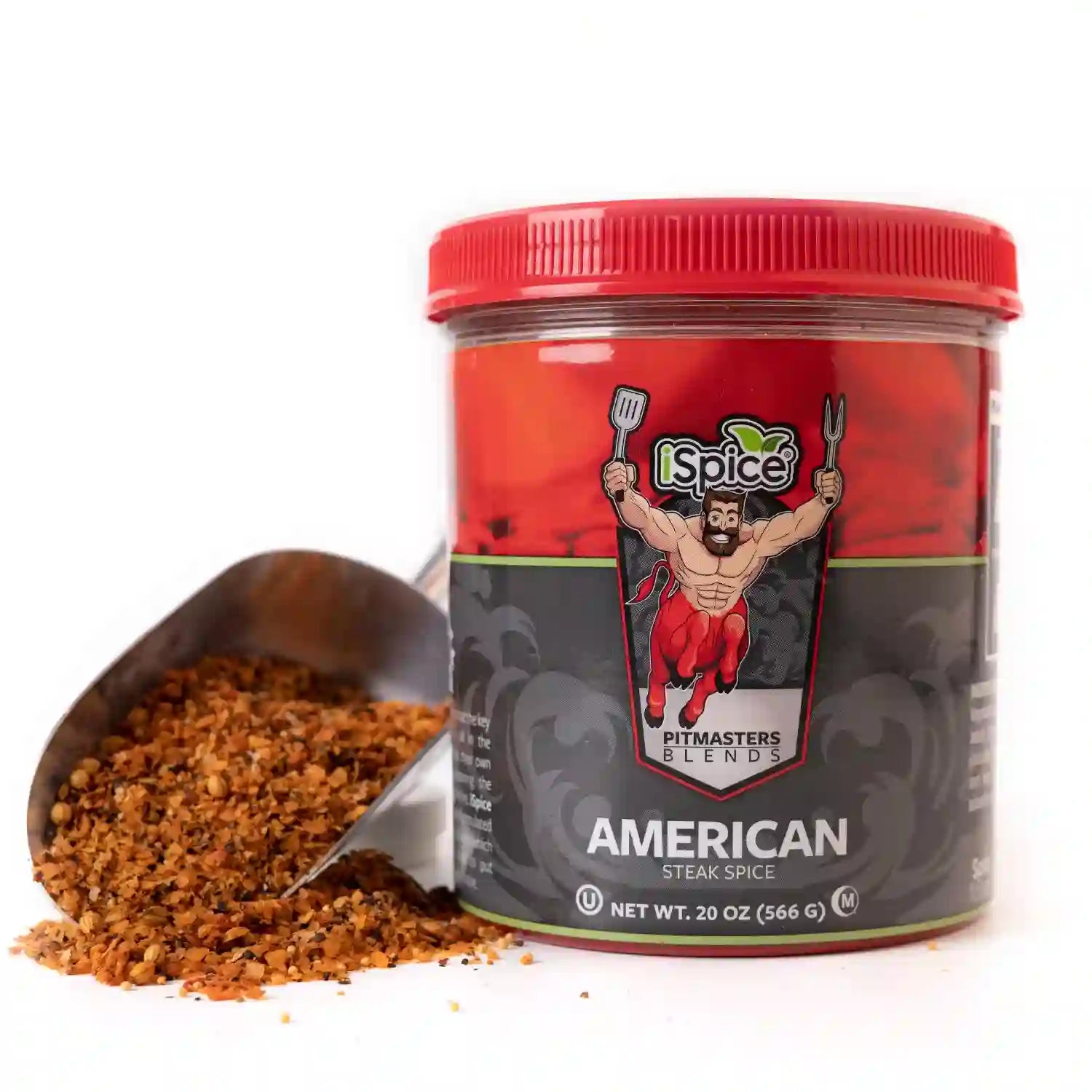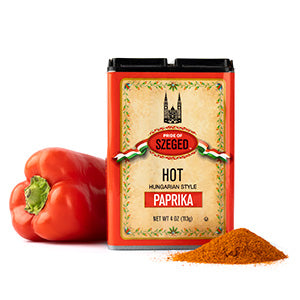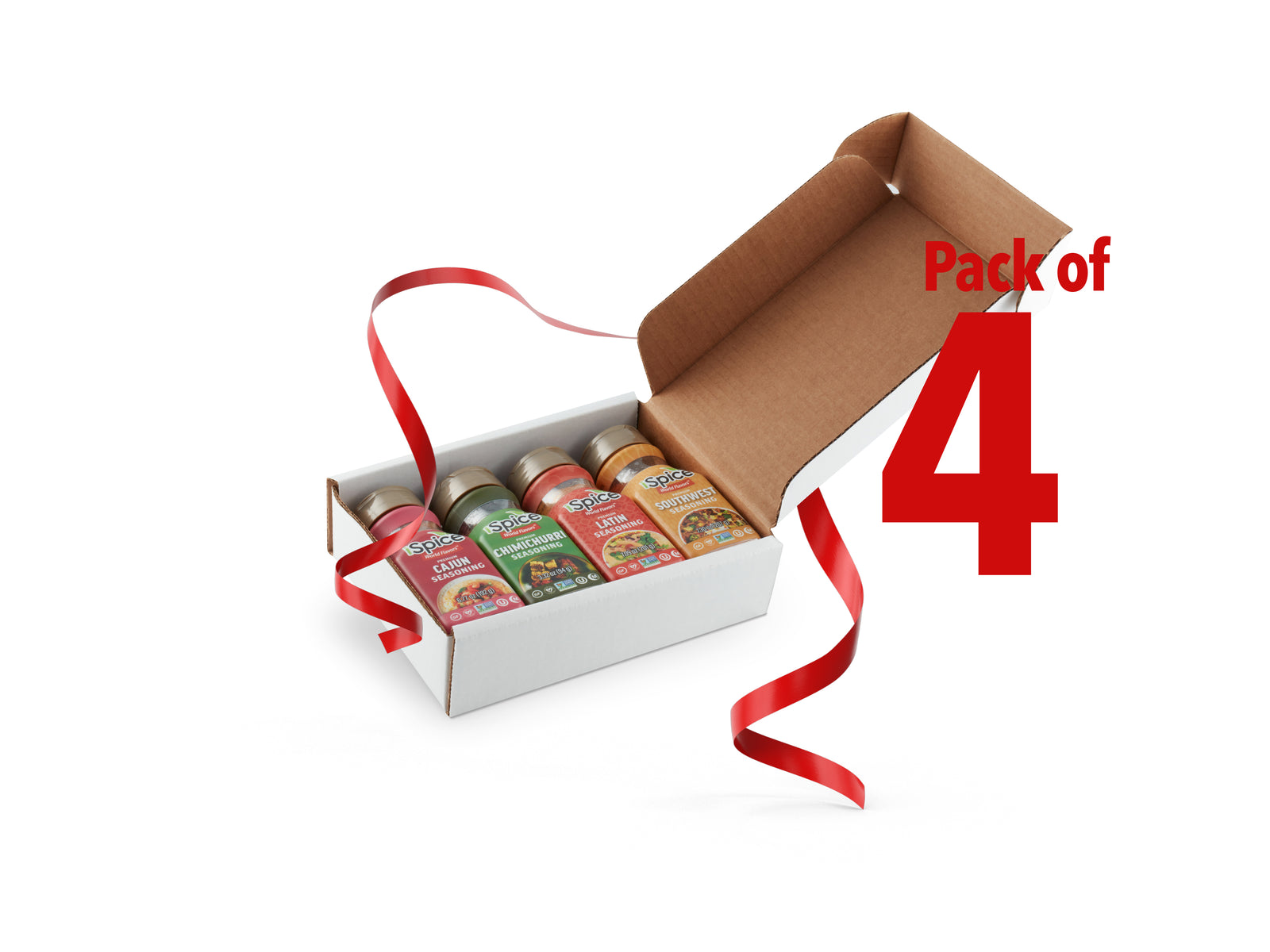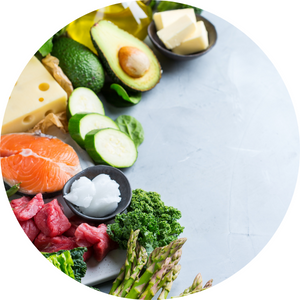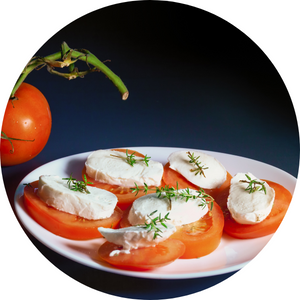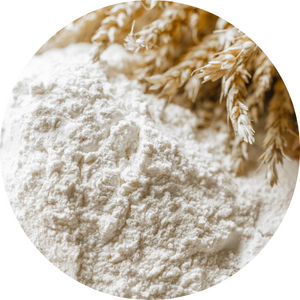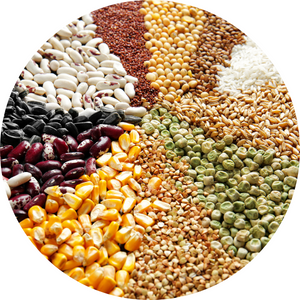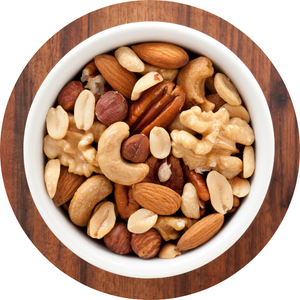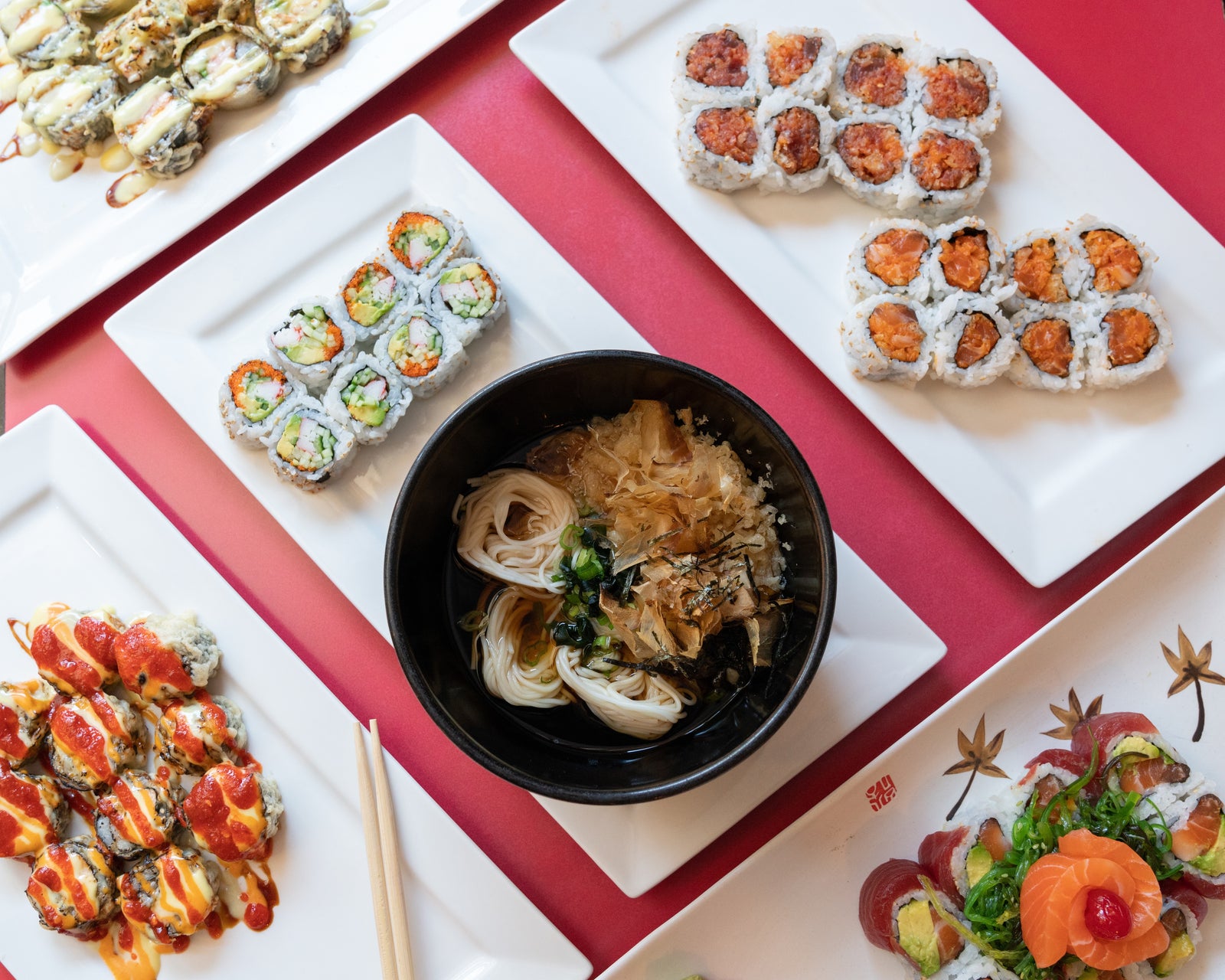
Lavender is often associated with sweet treats and teas, but it also shines as a unique addition to savory dishes. When used correctly, this fragrant herb adds a subtle floral note that elevates meats, vegetables, and sauces. The key to cooking with lavender is balance—too much can overpower a dish, while just the right amount adds elegance and depth.
Lavender belongs to the mint family and has a slightly sweet, herbaceous flavor with hints of rosemary and mint. Its versatility makes it a great ingredient in spice blends, marinades, and roasted dishes.
How to Use Lavender in Savory Cooking
1. Choose Culinary Lavender
Only use lavender labeled as culinary grade. This ensures the flowers are safe for cooking and free from added oils or perfumes.
2. Start with a Small Amount
Lavender has a strong aroma. Begin with a small pinch and increase gradually until you find the right balance. A little goes a long way.
3. Pair Lavender with Complementary Spices
Lavender pairs beautifully with savory herbs such as rosemary, thyme, oregano, and sage. Combining these in a spice mix creates a balanced herbal flavor that complements poultry, lamb, and vegetables.
4. Use Dried Lavender Wisely
Dried lavender is more potent than fresh. When substituting, use one-third the amount of dried lavender compared to fresh.
5. Balance with Acidity or Salt
Adding ingredients like lemon juice, vinegar, or sea salt helps round out lavender’s floral tones and prevents the dish from tasting perfumed.
Savory Recipes and Ideas Using Lavender
1. Lavender-Rubbed Chicken
Create a seasoning mix with dried lavender, rosemary, garlic powder, salt, and black pepper. Rub it onto chicken before roasting or grilling for a fragrant and flavorful crust.
2. Lavender-Infused Olive Oil
Warm olive oil with lavender buds, thyme, and garlic. Let it cool, strain, and drizzle over roasted vegetables or fresh bread for an aromatic touch.
3. Roasted Vegetables with Lavender and Herbs
Toss carrots, potatoes, or zucchini with olive oil, lavender, oregano, and paprika. Roast until tender for a fragrant, earthy side dish.
4. Lavender and Lemon Roasted Salmon
Combine lavender with lemon zest, dill, and sea salt. Rub the mixture onto salmon before baking for a light, citrusy, and aromatic flavor.
5. Lavender in Spice Blends
Mix lavender with rosemary, thyme, and savory herbs to create your own version of Herbes de Provence, a French seasoning used for meats, stews, and roasted vegetables.
Tips for Cooking with Lavender
-
Grind lavender with other herbs in a spice grinder for even flavor distribution.
-
Add at the right time—early in cooking for subtle infusion, or at the end for a stronger floral note.
-
Combine with honey or citrus to balance the herb’s aromatic intensity.
-
Experiment slowly—test small batches until you find your preferred balance of floral and savory notes.
Frequently Asked Questions About Using Lavender in Cooking
1. Can lavender be used in savory recipes?
Yes. Lavender adds a delicate floral and herbal note to savory dishes such as roasted meats, vegetables, and sauces.
2. What does lavender taste like in food?
Lavender has a sweet, floral flavor with herbal undertones similar to rosemary and mint. When balanced properly, it adds freshness and depth to savory dishes.
3. How much lavender should I use in a recipe?
Start with a small pinch of dried lavender or a few fresh buds. It’s easier to add more than to fix an overpowering floral taste.
4. What spices and herbs pair well with lavender?
Lavender pairs best with rosemary, thyme, sage, oregano, garlic, lemon zest, and black pepper.
5. Can I use garden lavender for cooking?
Only if it’s labeled as culinary grade and hasn’t been treated with pesticides. Decorative or aromatic lavender varieties may not be safe to consume.
6. How do I prevent lavender from overpowering my dish?
Use it sparingly and balance it with acidic or salty elements like lemon, vinegar, or sea salt.
Final Thoughts
Lavender is an elegant and unexpected addition to savory dishes. When paired with herbs and spices like rosemary, thyme, or garlic, it creates aromatic flavor combinations that are both refreshing and sophisticated. Whether you’re seasoning meats, roasting vegetables, or preparing marinades, a touch of lavender can transform simple recipes into memorable meals. Experiment with small amounts and discover how this floral herb can bring a gourmet touch to your everyday cooking.

